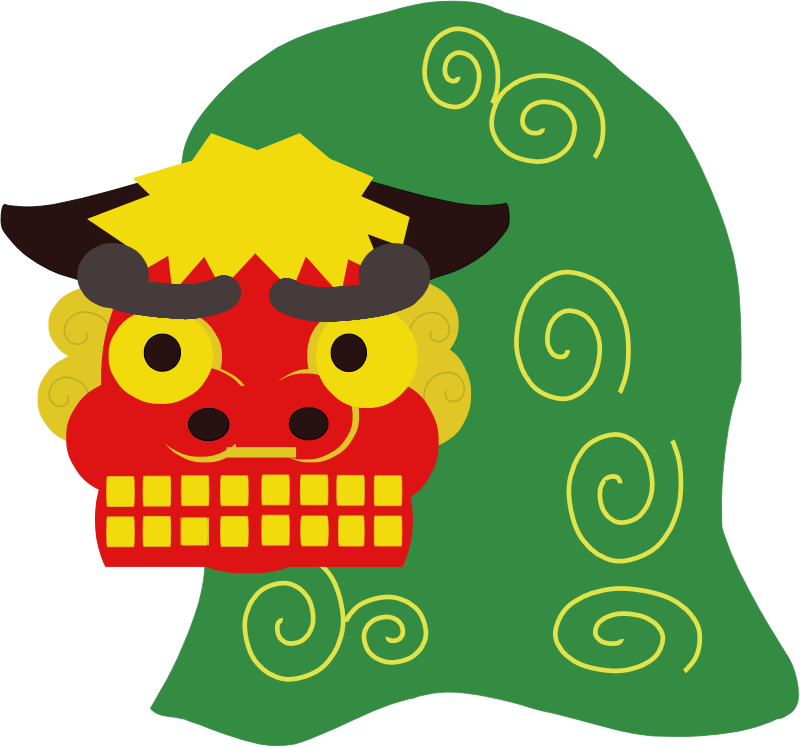Shishi Culture And Its Significance In Japanese Tradition
Share
Shishi culture, deeply rooted in Japanese tradition, represents a fascinating blend of mythology, artistry, and community spirit. This unique cultural aspect revolves around the Shishi, or lion, which is often depicted in various forms, including dance, art, and festivals. Understanding the significance of Shishi culture provides insight into Japan's rich heritage and the values that shape its society.
The Origins of Shishi Culture
The Shishi, or lion, is believed to have originated from Chinese mythology, where it was seen as a guardian spirit. The introduction of the Shishi to Japan can be traced back to the Nara period (710-794 AD), where it was incorporated into Buddhist rituals and Shinto practices. Over time, the Shishi evolved into a symbol of protection and good fortune, often associated with warding off evil spirits.
The Shishi Dance: A Vibrant Tradition
One of the most captivating expressions of Shishi culture is the Shishi Odori, or lion dance. This traditional performance is characterized by vibrant costumes, rhythmic drumming, and lively movements. The dance is often performed during festivals and celebrations, symbolizing the expulsion of evil spirits and the welcoming of good fortune.
The Shishi dance is not merely a performance; it is a communal event that brings people together. Participants, often dressed in elaborate lion costumes, engage with the audience, creating an interactive experience that fosters a sense of unity and joy.
Festivals Celebrating Shishi Culture
Shishi culture is prominently featured in various Japanese festivals, known as Matsuri. These festivals are held throughout the year and often include parades, traditional music, and dance performances. Some notable festivals include:
- Kagura Matsuri: Celebrated in many regions, this festival features Shishi dances as part of the Shinto rituals, honoring the gods and seeking blessings for the community.
- Oni Matsuri: This festival showcases the Shishi as a protector against evil spirits, with vibrant processions and lively performances.
Symbolism of the Shishi in Japanese Culture
The Shishi is rich in symbolism, representing strength, courage, and protection. In Japanese art and architecture, Shishi figures are often seen guarding entrances to temples and shrines, signifying their role as protectors of sacred spaces. The Shishi's fierce appearance is intended to ward off malevolent spirits, making it a beloved figure in Japanese folklore.
Shishi in Art and Craftsmanship
Shishi motifs are prevalent in various forms of Japanese art, including ceramics, textiles, and woodblock prints. Artists often depict the Shishi in dynamic poses, showcasing its power and grace. The intricate designs and vibrant colors used in these artworks reflect the cultural significance of the Shishi, making it a popular subject among artisans.
The Role of Shishi in Modern Japan
In contemporary Japan, Shishi culture continues to thrive. While traditional practices are preserved, modern interpretations have emerged, blending traditional elements with contemporary art and performance. This evolution reflects the adaptability of Japanese culture, allowing it to resonate with younger generations while honoring its historical roots.
Shishi as a Cultural Ambassador
The Shishi has also become a cultural ambassador, representing Japan in international events and exhibitions. Its unique blend of artistry and tradition captivates audiences worldwide, fostering a greater appreciation for Japanese culture. Through performances and displays, the Shishi serves as a bridge between cultures, promoting understanding and respect.
Best Time to Experience Shishi Culture
To fully immerse yourself in Shishi culture, visiting during festival seasons is ideal. The spring and summer months are particularly vibrant, with numerous Matsuri taking place across the country. The weather during this time is generally mild and pleasant, making it perfect for outdoor celebrations.
Weather Information
- Spring (March to May): Mild temperatures, blooming cherry blossoms, and numerous festivals.
- Summer (June to August): Warm weather, lively festivals, and cultural events.
Traveling to Japan for Shishi Culture
If you're planning a trip to experience Shishi culture firsthand, consider visiting cities known for their rich traditions, such as Kyoto, Tokyo, and Osaka. Each city offers unique festivals and cultural experiences that showcase the Shishi's significance.
Booking Your Trip
To make your travel planning easier, consider booking your accommodations and flights through the following links:
- Hotels & Flights: Book Here
- Transfers: Book Transfers
Conclusion
Shishi culture stands as a testament to Japan's rich heritage and the enduring significance of tradition in modern society. From the vibrant Shishi dances to the protective symbolism of the Shishi figures, this cultural aspect offers a glimpse into the values that shape Japanese life. As you explore Japan, take the time to appreciate the beauty and meaning behind Shishi culture, and let it inspire your journey through this fascinating land.




